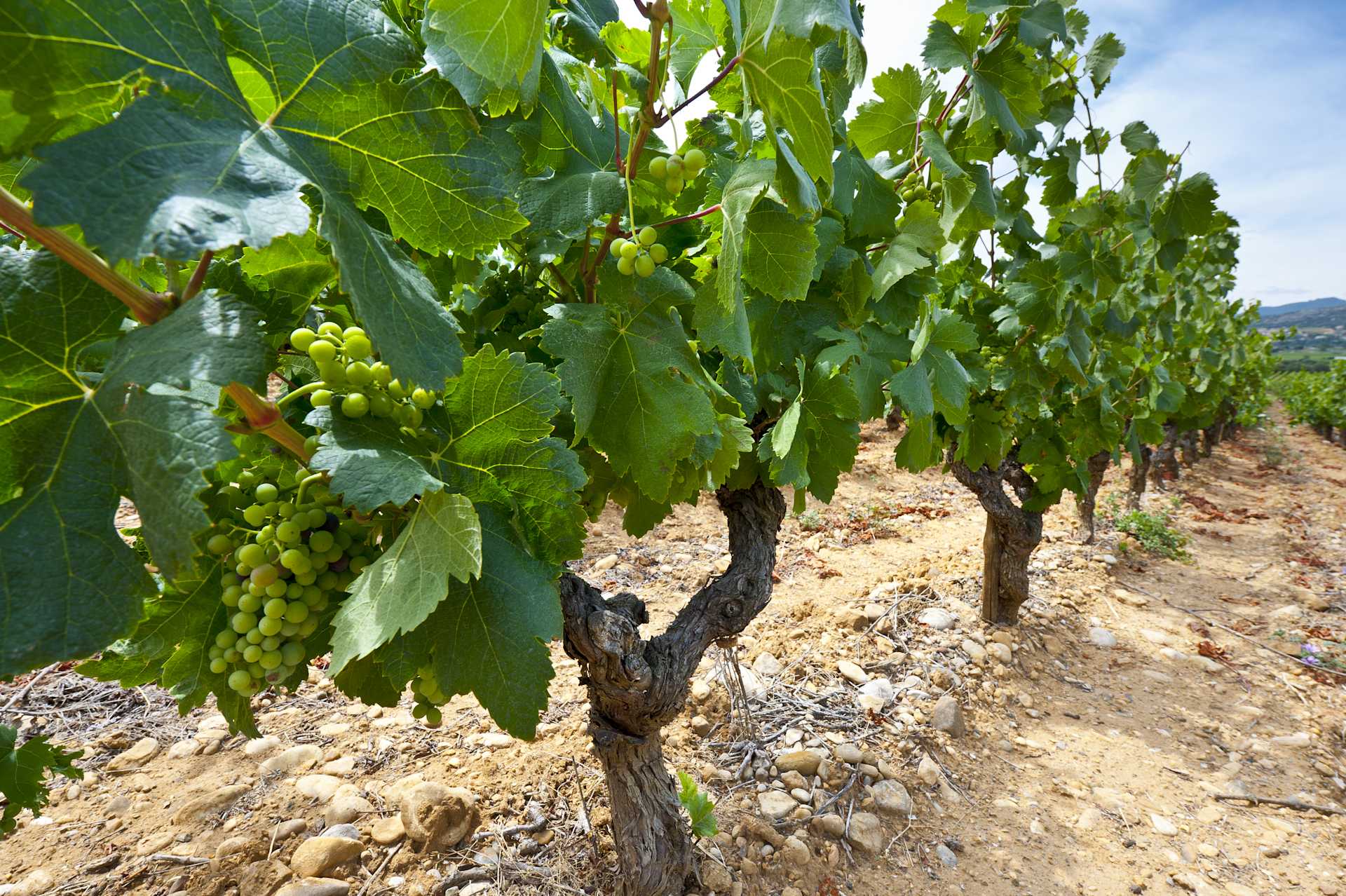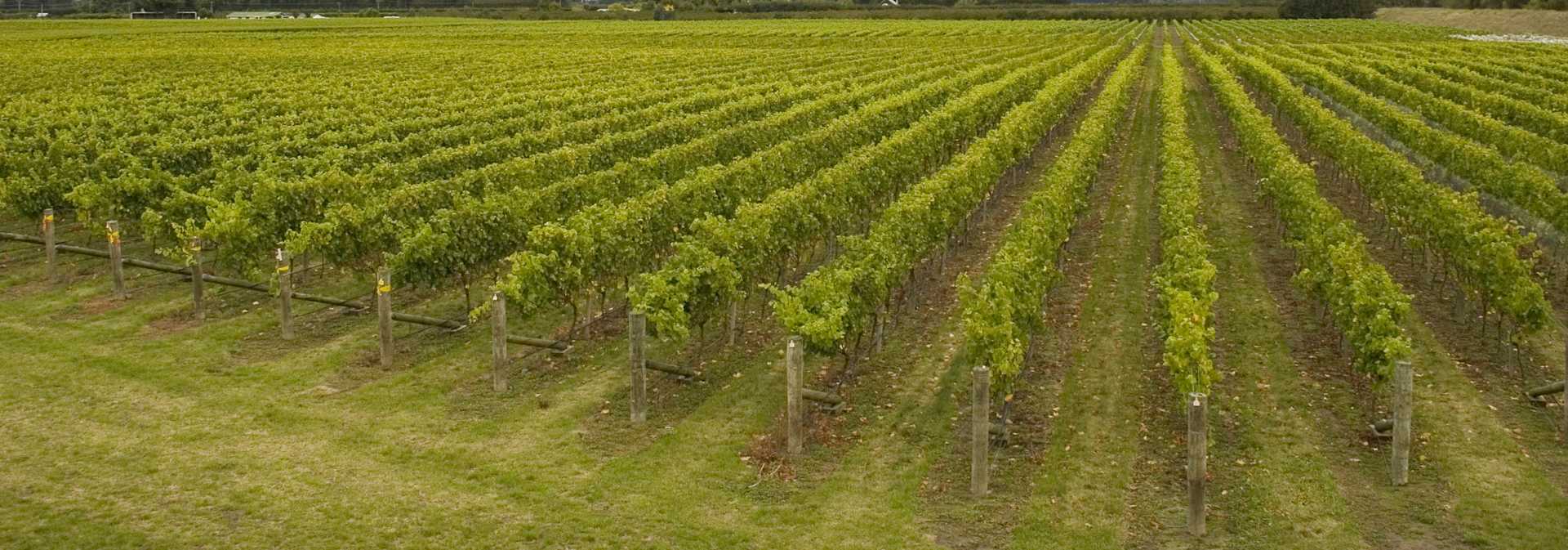Chateau Mont-Redon Chateauneuf-du-Pape Blanc 2012
-
Robert
Parker -
Wine
Spectator


Product Details
Your Rating
Somm Note
Winemaker Notes
Blend: 55% Grenache, 20% Clairette, 10% Bourboulenc, 10% Roussanne, 5% Picpoul
Professional Ratings
-
Robert Parker's Wine Advocate
The 2012 Chateauneuf du Pape Blanc is also outstanding. A blend of 55% Grenache, 20% Clairette, 10% Roussanne and the balance Bourboulenc and other white varieties, it exhibits plenty of golden fruits, pineapple, citrus and spicy qualities, medium-bodied richness, beautiful freshness, and precision on the palate.
-
Wine Spectator
A fresh style, with white peach, green almond and honeysuckle notes that bounce from start to finish, ending with a racy, high-pitched edge.
Other Vintages
2022-
James
Suckling -
Jeb
Dunnuck
-
Wine
Spectator
-
Jeb
Dunnuck
-
Wine
Spectator -
Wine
Enthusiast -
Wine &
Spirits
-
Robert
Parker

Full-bodied and flavorful, white Rhône blends originate from France’s Rhône Valley. Today these blends are also becoming popular in other regions. Typically some combination of Grenache Blanc, Marsanne, Roussanne and Viognier form the basis of a white Rhône blend with varying degrees of flexibility depending on the exact appellation. Somm Secret—In the Northern Rhône, blends of Marsanne and Roussanne are common but the south retains more variety. Marsanne, Roussanne as well as Bourboulenc, Clairette, Picpoul and Ugni Blanc are typical.

Famous for its full-bodied, seductive and spicy reds with flavor and aroma characteristics reminiscent of black cherry, baked raspberry, garrigue, olive tapenade, lavender and baking spice, Châteauneuf-du-Pape is the leading sub-appellation of the southern Rhône River Valley. Large pebbles resembling river rocks, called "galets" in French, dominate most of the terrain. The stones hold heat and reflect it back up to the low-lying gobelet-trained vines. Though the galets are typical, they are not prominent in every vineyard. Chateau Rayas is the most obvious deviation with very sandy soil.
According to law, eighteen grape varieties are allowed in Châteauneuf-du-Pape and most wines are blends of some mix of these. For reds, Grenache is the star player with Mourvedre and Syrah coming typically second. Others used include Cinsault, Counoise and occasionally Muscardin, Vaccarèse, Picquepoul Noir and Terret Noir.
Only about 6-7% of wine from Châteauneuf-du-Pape is white wine. Blends and single-varietal bottlings are typically based on the soft and floral Grenache Blanc but Clairette, Bourboulenc and Roussanne are grown with some significance.
The wine of Chateauneuf-du-Pape takes its name from the relocation of the papal court to Avignon. The lore says that after moving in 1309, Pope Clément V (after whom Chateau Pape-Clément in Pessac-Léognan is named) ordered that vines were planted. But it was actually his successor, John XXII, who established the vineyards. The name however, Chateauneuf-du-Pape, translated as "the pope's new castle," didn’t really stick until the 19th century.






